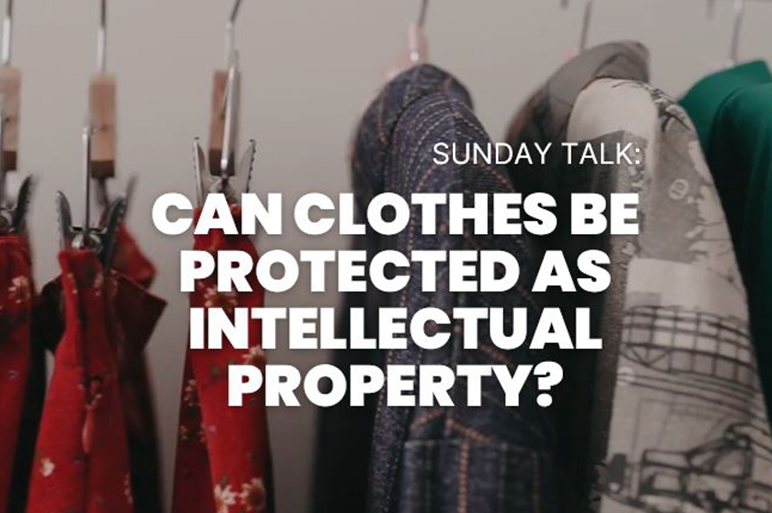When we think about intellectual property (IP), our minds often go to inventions, logos, or artistic works. But what about the clothes we wear every day? Can the fashion industry, renowned for its creativity and innovation, also find protection under intellectual property laws?
Fashion is a multi-billion-dollar industry driven by constant innovation and design. Designers pour their creativity into every stitch, pattern, and fabric choice, making their creations not just items of utility, but works of art. So, it’s only natural to question whether these creations can be shielded from imitation and infringement under IP laws.
Forms of IP Protection for Fashion
- Trademarks: Trademarks protect brand names, logos, and other identifiers that distinguish the products of one company from those of another. For example, the iconic "LV" logo of Louis Vuitton is a registered trademark that helps consumers identify the brand’s products instantly. This form of protection is crucial in an industry where brand identity is paramount.
- Copyrights: Copyright can protect the artistic elements of fashion, such as patterns, prints, and unique designs. In some jurisdictions, a clothing design might be eligible for copyright protection if it is considered a "work of art." This means the design must be original and exhibit some degree of creativity.
- Design Patents: In certain countries, designers can apply for design patents to protect the ornamental aspects of their creations. A design patent provides protection for the visual appearance of a product, not its functional aspects. This is particularly useful for preventing others from copying unique, non-functional design elements.
- Trade Dress: Trade dress refers to the visual appearance of a product or its packaging that signifies the source of the product to consumers. In the fashion industry, this could include the distinct shape or appearance of a designer handbag or the unique packaging of a perfume.
Despite the avenues for protection, fashion designers often face challenges in securing IP rights:
- Short Lifecycle: Fashion trends change rapidly, making the lengthy process of obtaining IP protection less practical. By the time a design is protected, it might no longer be in vogue.
- Global Enforcement: Enforcing IP rights globally can be difficult and expensive. Fashion is a global industry, and protecting a design in one country doesn’t automatically grant protection elsewhere.
- Determining Originality: In fashion, many designs are inspired by past trends or cultural elements, making it challenging to prove originality and creativity necessary for IP protection.
While clothes can indeed be protected as intellectual property, the process is not straightforward. Fashion designers must navigate various legal frameworks and consider the practicality of seeking IP protection for their creations. As the industry continues to evolve, so too will the methods for safeguarding the creativity and innovation that define fashion.
At Dagher Intellectual Property, we understand the unique challenges faced by designers in the fashion industry. Our team is dedicated to helping you navigate the complexities of IP law to protect your creative work effectively. What are your thoughts on IP protection in fashion? Have you encountered any challenges or success stories in protecting your designs?

